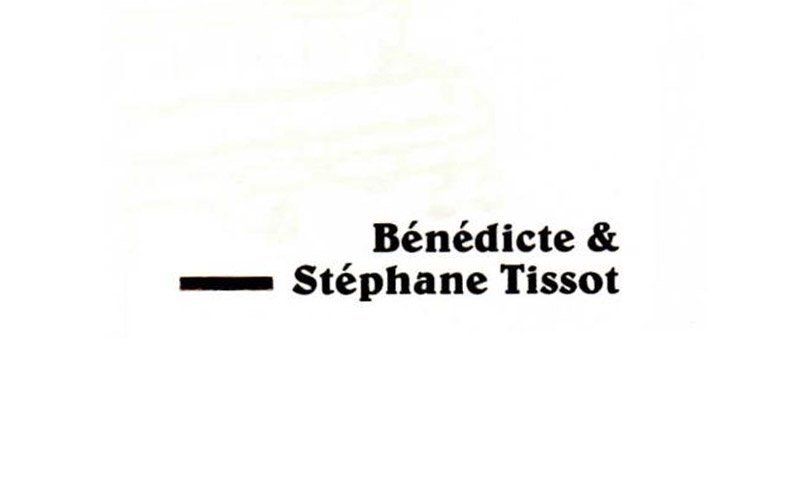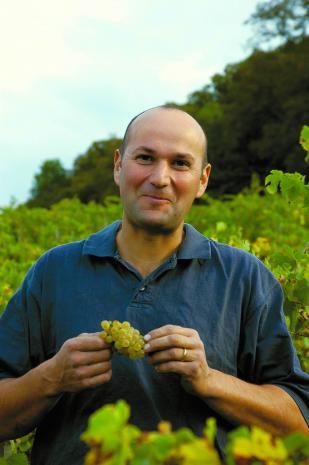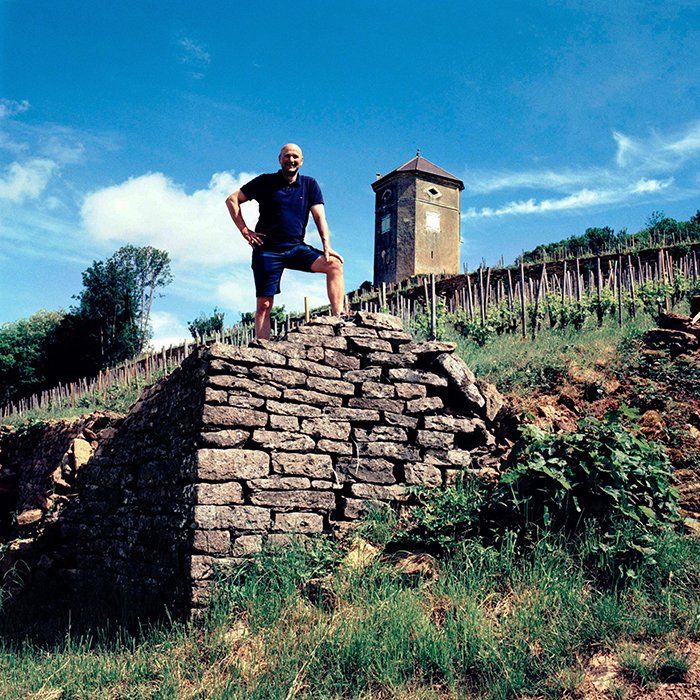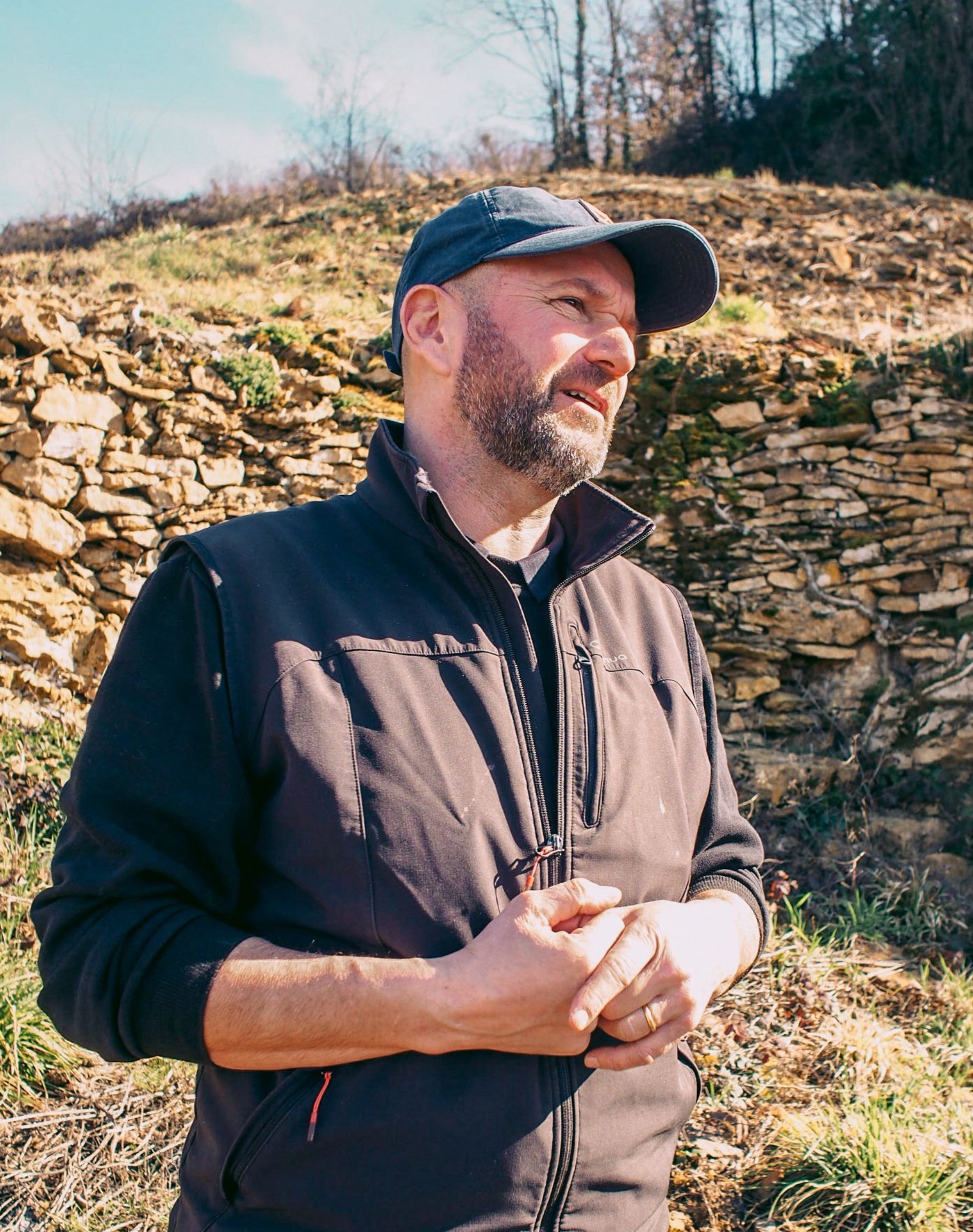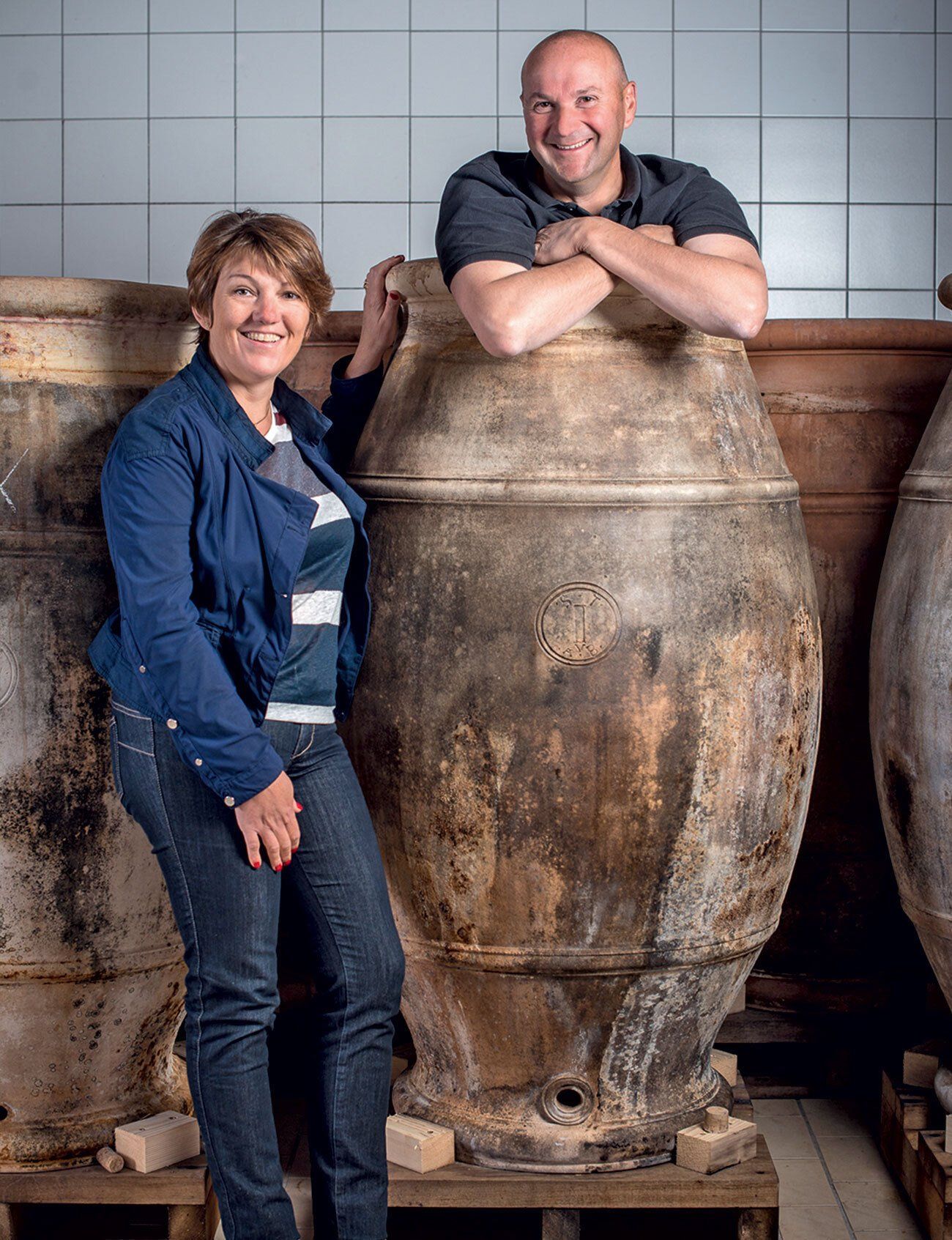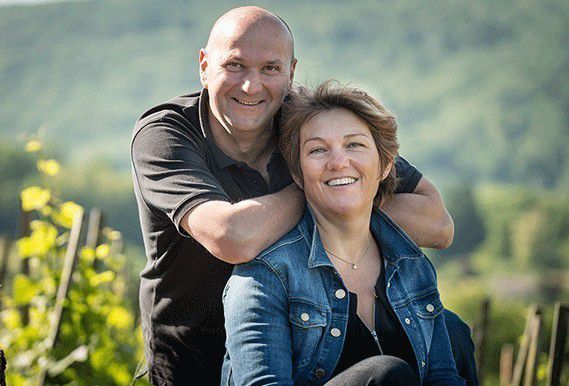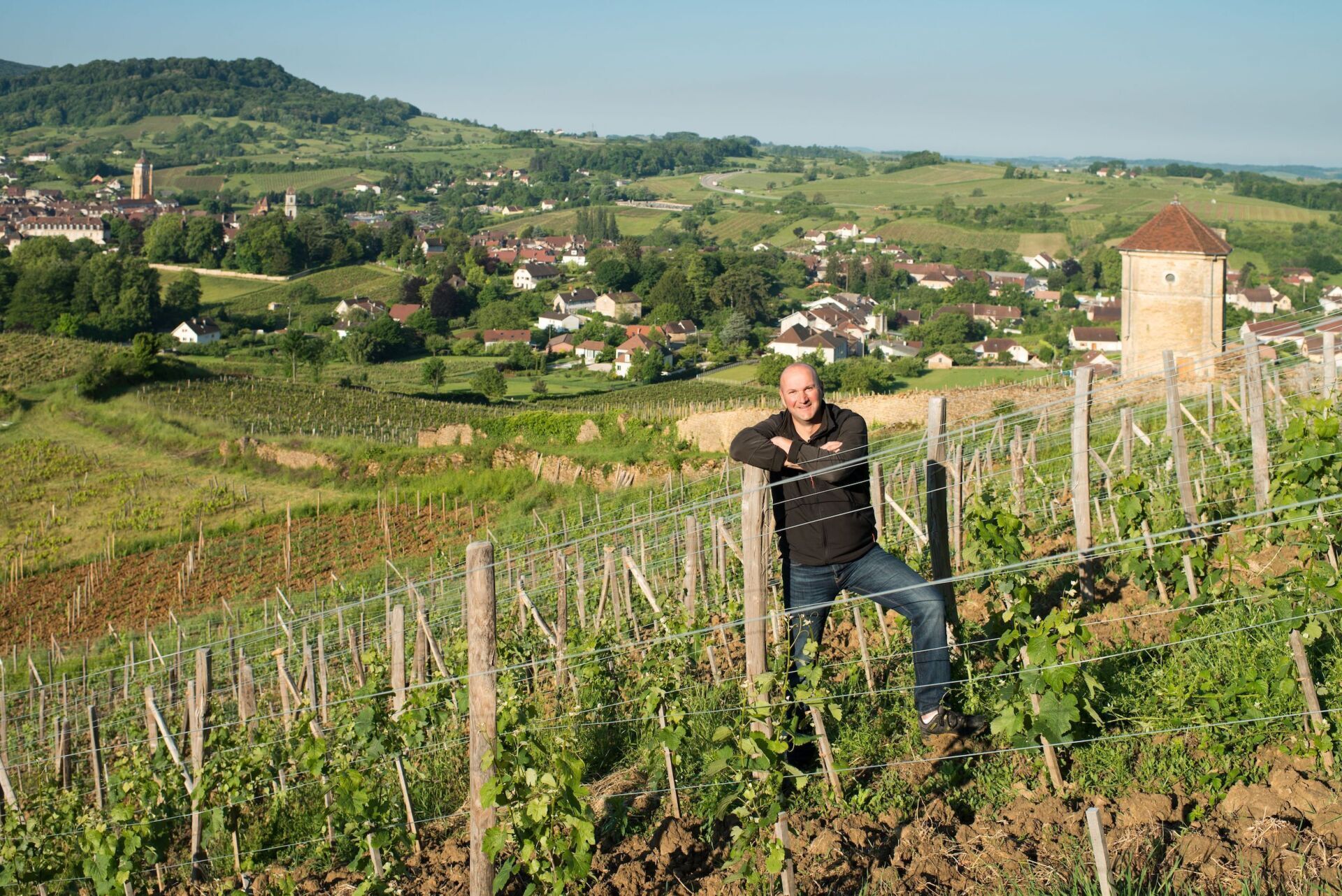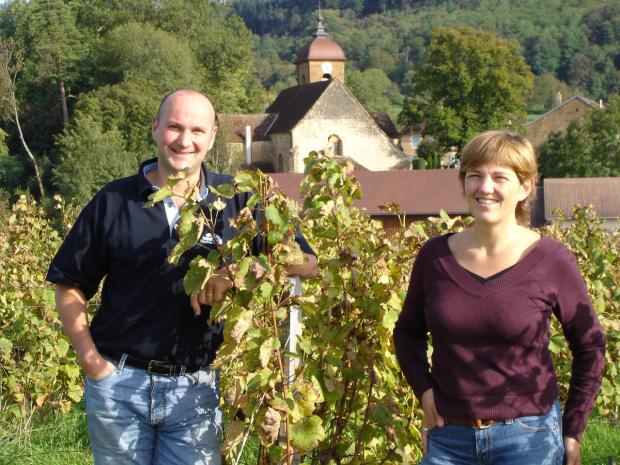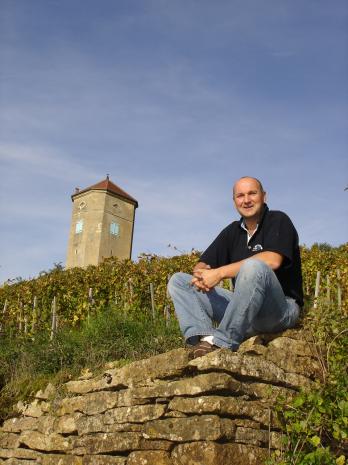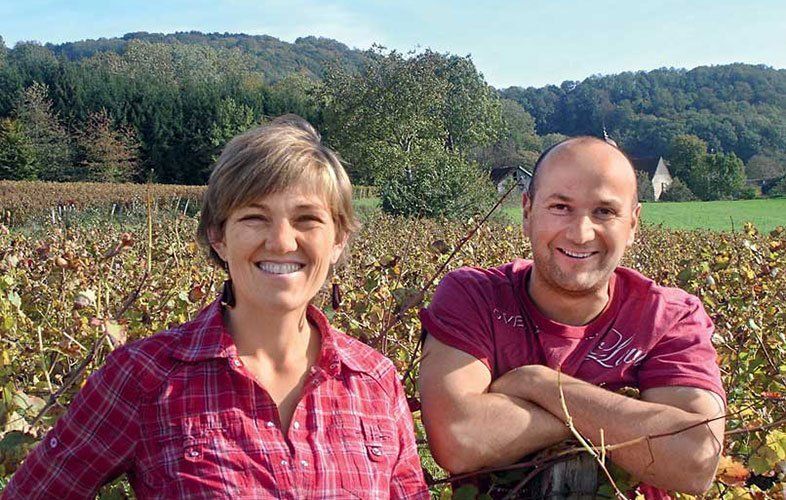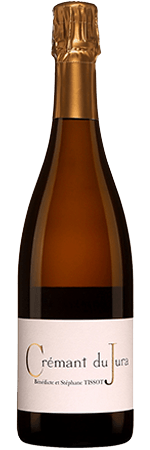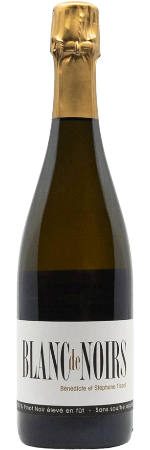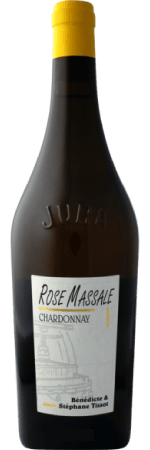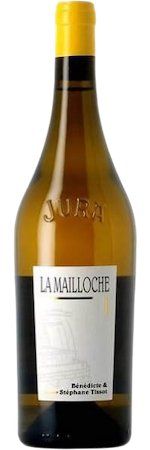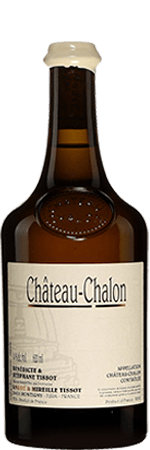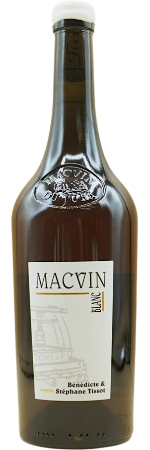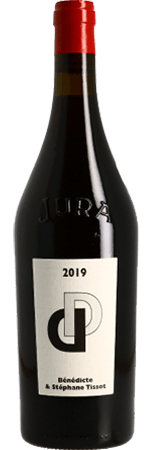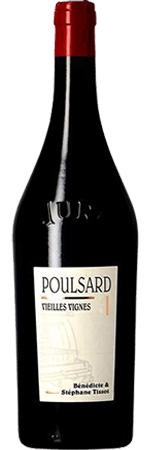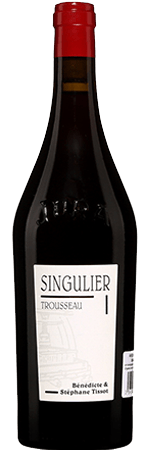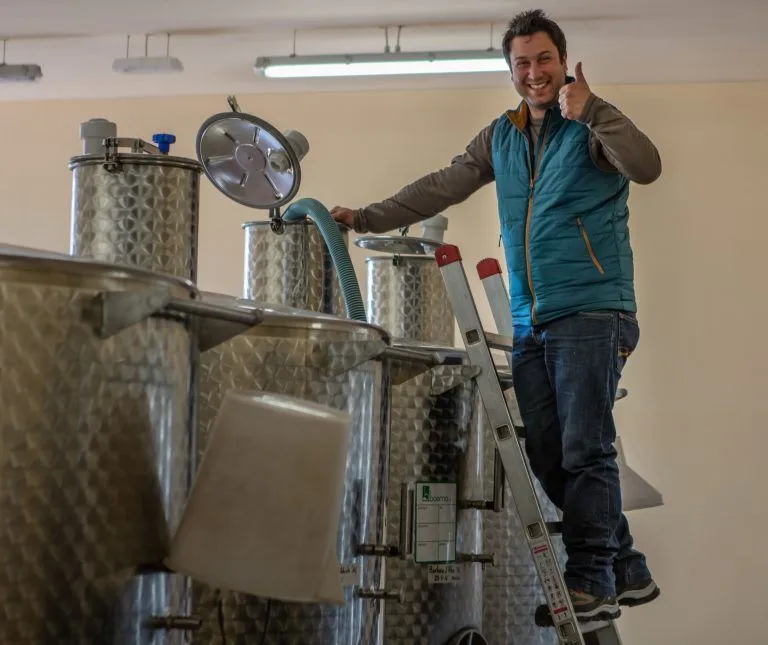Domaine Tissot
Arbois, Jura, France
In the pantheon of the Jura’s cult producers, Stéphane Tissot leads the charge. Stéphane is universally praised across the highly divided landscape of wine critics, no matter their aversion or partiality to biodynamics and natural winemaking. How many producers can you name that are glowingly admired by critics as diverse as Robert Parker, Jancis Robinson, Rajat Parr, Alice Feiring, and Pascaline Lepeltier?
Tissot has been an effusive ambassador of his region since taking over his family’s domaine, straight out of oenology school, at 19-years old. His innovations and brave maneuvers have been pivotal for the region. He is responsible for spearheading the shift to biodynamic farming, minimal intervention wine making, single-varietal bottlings, and single-parcel cuvées that have elevated the region’s profile immensely among those with their ear to the ground.
For the uninitiated, the wines of the Jura are like Burgundy from another dimension, a timeline that held onto more varietal diversity and oxidative wines and sweet wines and a lot more bubbly. If Burgundy was Walt Whitman, Jura would be Allen Ginsberg. This much smaller region echoes the shape and position of its famous neighbor, 60 clicks east of Burgundy in the foothills of the Jura mountains that separate France from Switzerland. The climate is nearly identical. The soils are made up of the identical limestone bedrock mingled with clay that Burgundy boasts, but Jura’s proximity to these ancient mountains sees the soil composition remixed, mangled, and mingled into a soil locals simply call marne. Like Burgundy, the decomposing limestone rich in calcium lends the wines a laser like acidity while the clay component lends the wines their power. Indeed, this ancient Jura firmament is where the Jurassic era takes its name (and where every Jura-themed wine event takes its dinosaur puns). It’s a damn-near-magical appellation, discussed in hushed tones by sommeliers and wine-lovers terrified its broader discovery will result in more Burgundian price-points.
Stéphane and his wife Bénédicte and their little team of 15 brave souls farm some 35 hectares of the scant 2,000 hectares under vine in the entire Jura region. Even with so little land and in such a temperamental climate, Stéphane is still innovating. Take for example his insanely dense plantings of up to 27,000 vines per hectare (all using selection massale) forcing intense competition between plants, with each trunk head trained and individually staked, but then pruned down to an eye-watering two or three clusters per vine! Compare that to a standard of 3,000-10,000 vines/ha.
If there is a wine the Jura region is known for, Tissot makes it—often several different cuvées of it, each limited to some small particular slope or soil variation. From scintillating crémants de Jura to their signature Vin Jaunes aged under flor or in
barrels without top ups, to the Jura’s precious vin de paille passito-method dessert wines, to a host of thin-skinned red wines made from native grapes like Poulsard, Trousseau, and Pinot Noir, and last but certainly not least, his renowned single vineyard Chardonnays.
Tissot’s Chardonnay’s have become so iconic due to his deft control of deliberate reduction to amplify this mesmerizing flinty, matchstick, curry leaf-like characteristic. This led Raj Parr in his Sommeliers’ Atlas of Taste to replace Coche-Dury with Tissot for the titular style of reductive winemaking he now calls “TLR” — Tissot-Like Reduction. Just pop, pour, and decant to see the magic unfold!
These are real wines, unicorn wines, palate-bending experiences that instantly remind you what wine is all about.
Wines by this Producer
-
Crémant du Jura Extra Brut
Button -
Indigène Crémant du Jura Brut Nature
Button -
Blanc de Noirs Brut Nature
Button -
BBF Blanc de Blanc Brut Nature
Button -
Patchwork Chardonnay
Button -
Rose Massale
Button -
Les Bruyères
Button -
Les Graviers
Button -
La Mailloche
Button -
Savagnin
Button -
Vin Jaune Les Bruyères
Button -
Vin Jaune Château Chalon
Button -
Macvin du Jura Blanc
Button -
DD Rouge
Button -
Poulsard Vieilles Vignes
Button -
Trousseau Singulier
Button
News, Views and Happenings from Vino al Vino
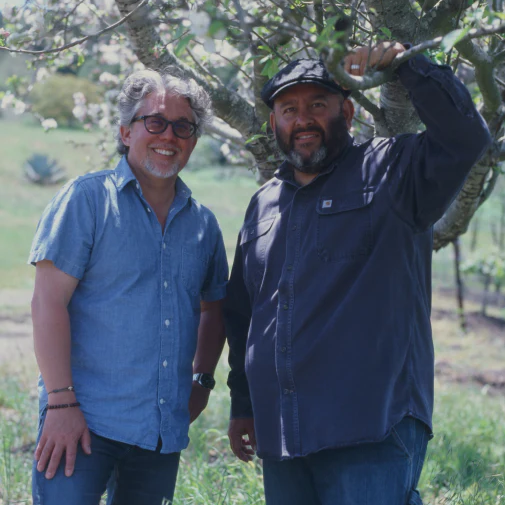
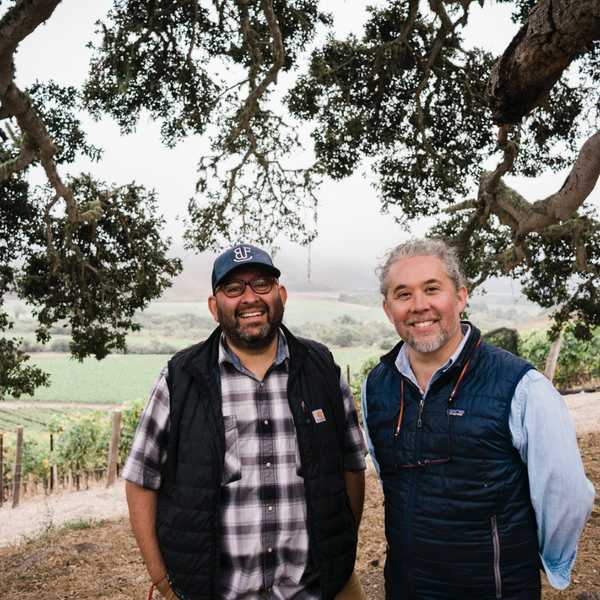
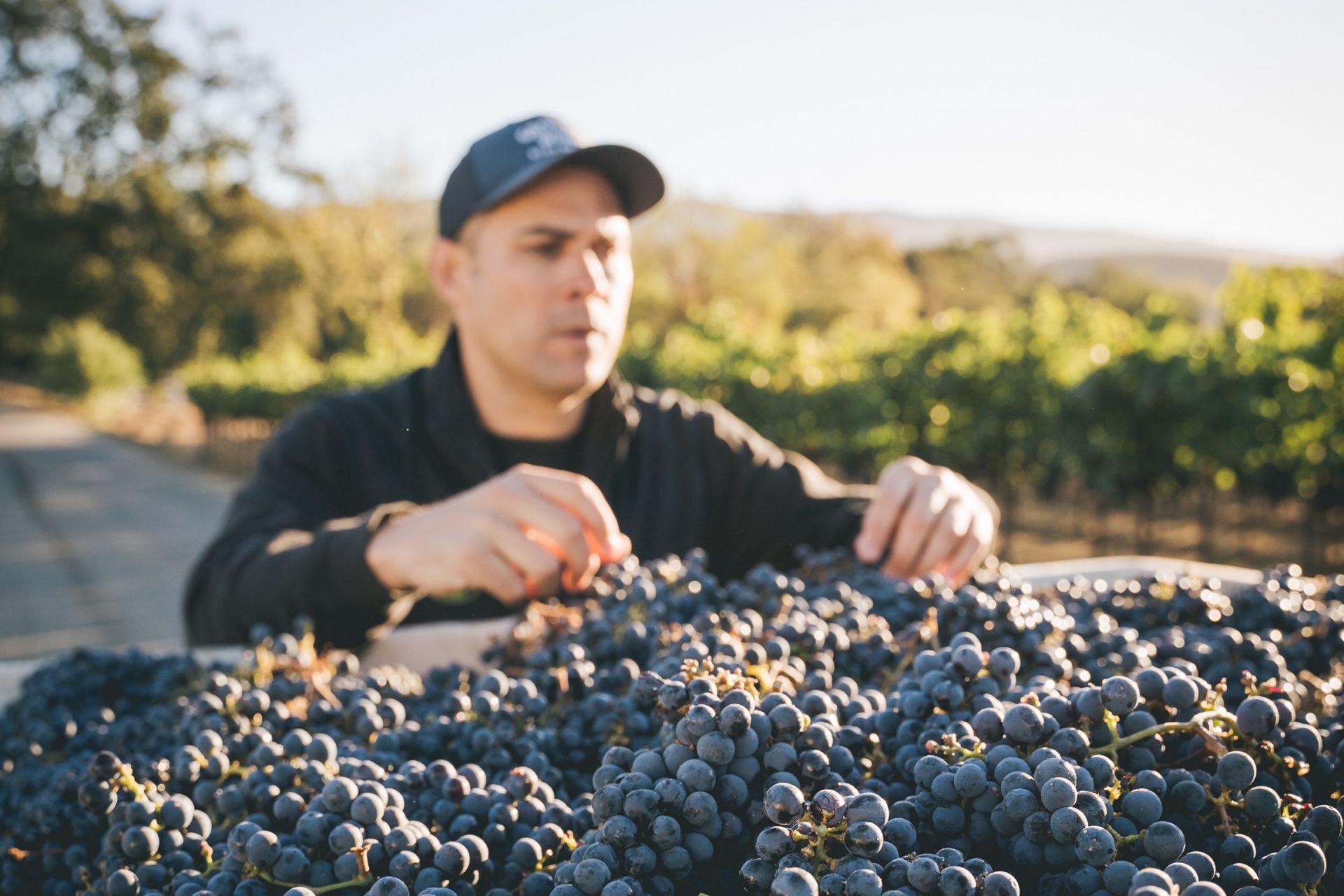
Calgary + Alberta South
Andrew Stewart
403-604-0408
andrew@vinoalvino.ca
Edmonton + Alberta North
Joe Gurba
780-203-5284
joe@vinoalvino.ca
Saskatoon + Saskatchewan
Kerrie Gavin
306-290-0277
kerrie@vinoalvino.ca
Join Our Newsletter*
Contact Us
We will get back to you as soon as possible.
Please try again later.
*By submitting this form, you are consenting to receive marketing emails from: Vino Al Vino Inc. https://www.vinoalvino.ca. You can revoke your consent to receive emails at any time by unsubscribing.
Contact Us
We will get back to you as soon as possible.
Please try again later.
*You are consenting to receive marketing emails from us. You can revoke your consent at any time by unsubscribing.
2014 - 2023 © All Rights Reserved Vino Al Vino Inc.

